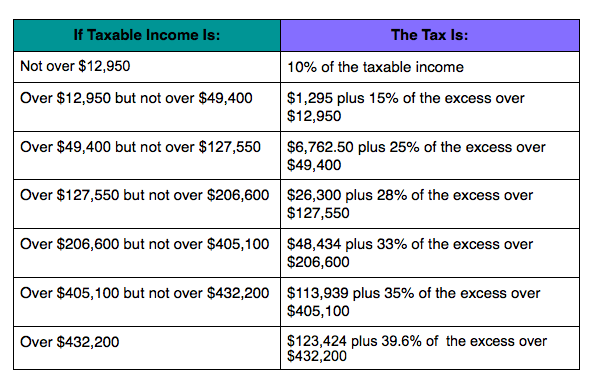Income 2014
Post on: 15 Апрель, 2015 No Comment

Retirement planning isn’t just about tucking money away for retirement and hoping it lasts. It’s about replacing your main source of income once you retire with other sources of income; preferably with those that continue to generate income. Life doesn’t stop at retirement; neither should your investment strategies.
Retirement income can come from three different sources: social security; pension; and investments. A long-term approach to retirement investing produces income, wealth creation, and capital growth.
For the most part, Social Security was never supposed to be the sole source of retirement income. More of a starting point; and a very basic starting point at that. The average American can look forward to an annual retirement benefit of less than $15,000 a year; or roughly $1,230 a month. While social security is guaranteed, the income from it isn’t very much.
At the same time, fewer and fewer Americans have pensions to look forward to.
Since the average American cannot count on social security or a pension to carry them through retirement, it’s essential they find other sources to generate recurring income. As an investor, it’s important to be comfortable with and knowledgeable about both the equities you’re interested in and the potential rewards and risks.
If you’re just starting out in the work force, you can afford to be involved in riskier high-yield investment. If you’re nearing retirement, you’ll want to minimize your chances of loss by looking into lower risk, low-yield equities.
For those investors looking for higher returns and willing to take on a little bit of extra risk, they should look into high-yield investments like penny stocks and options. That said, high-yield investments are not for everyone.
Keep in mind; when you are looking for high-yield investments, your risk will be much greater than conservative investments like government bonds. But then again, a basic rule of investing is that high risk translates into high reward.
If you’re nearing retirement, you might want to consider blue chip stocks that offer regular, quarterly dividends. There are a large number of solid, publicly traded companies that have been providing regular dividend yields that significantly outstrip government bonds.
While there are no easy answers for retiring in comfort, investors do have retirement options that can help increase income and reduce market risk.
The stock market may be blooming again with the major key stock indices rallying back above their 50-day moving average (MA), but there is still ample downside vulnerability. We have the mess in the eurozone with Greece threatening to leave the euro and not honor its massive debt obligations. There’s also the China risk. Then there are the oil prices. Oil rallied to $53.00 last week, prior to retrenching and then rallying again. It’s going to be nerve-racking. The problem investors continue to face is the lack of alternatives to the stock market. The 10-year bond yields 1.82%, which is not great unless you have tons of cash. Of course, you could buy distressed high-yielding Greek or Russian debt, but why would you, gi. Read More














